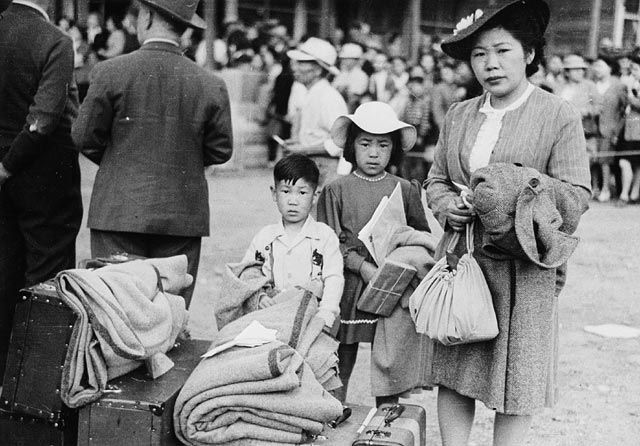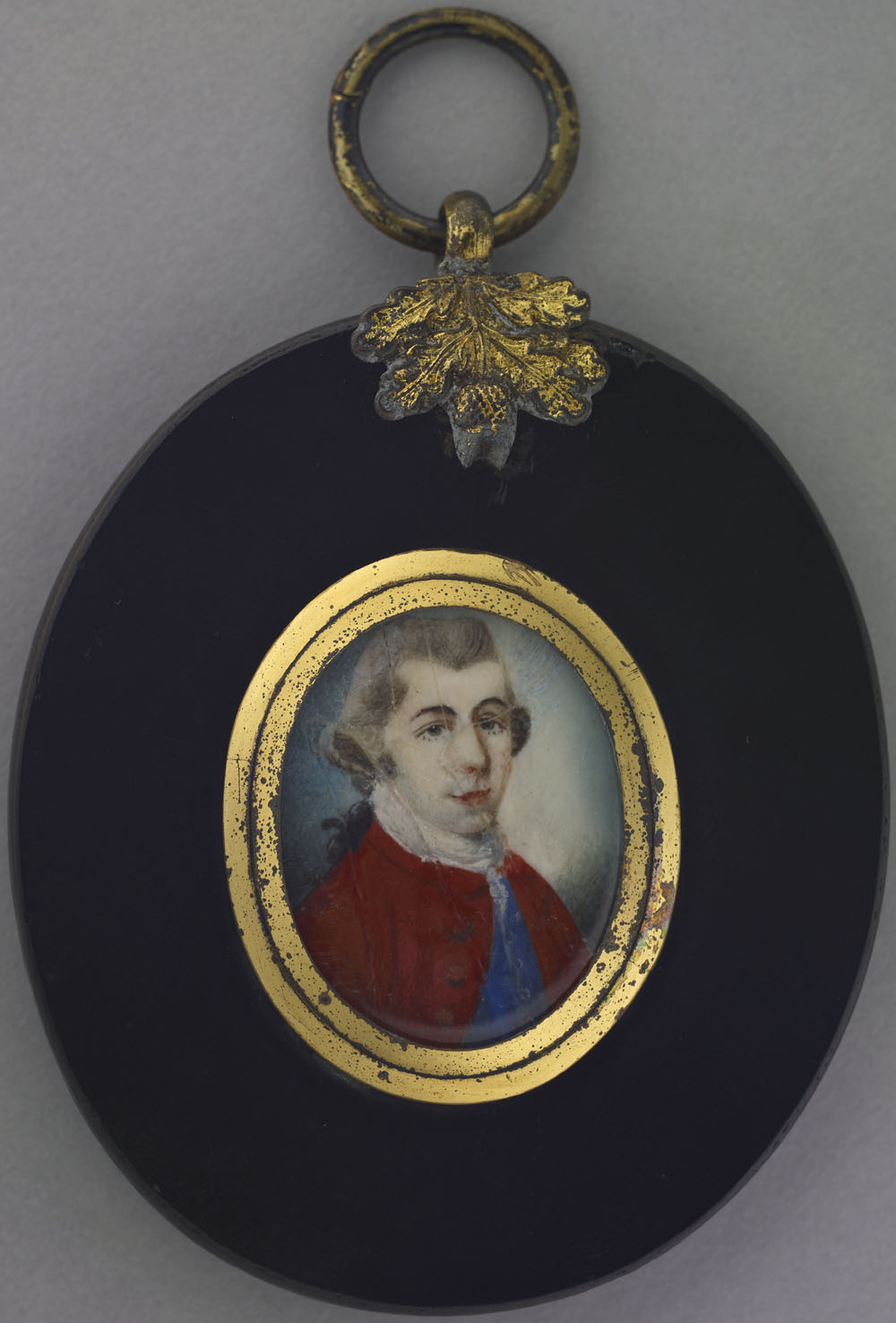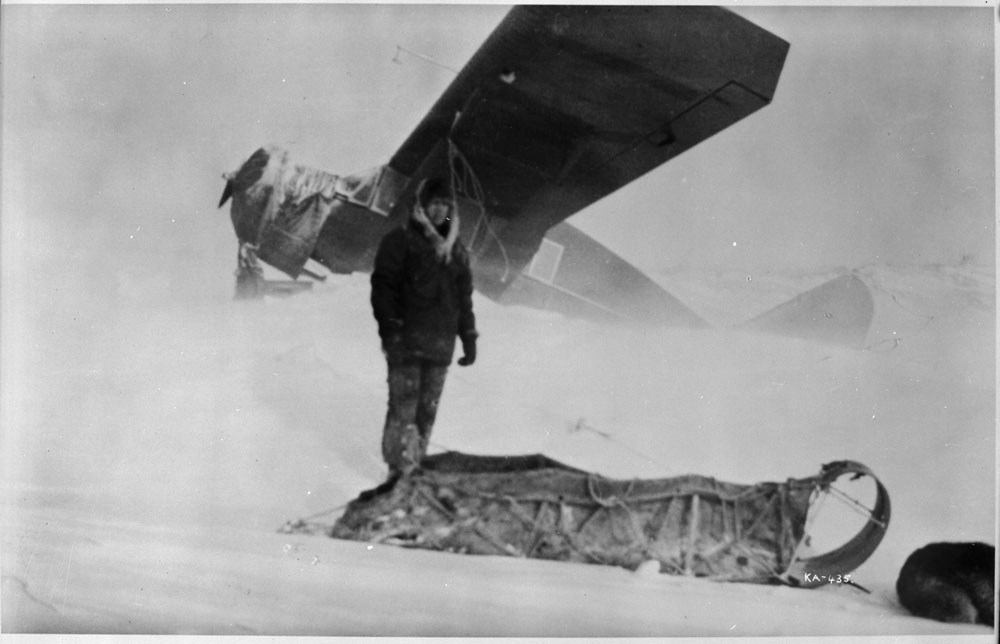Editorial
Canada's Unknown Soldier
The following article is an editorial written by The Canadian Encyclopedia staff. Editorials are not usually updated.

Enter your search term
Signing up enhances your TCE experience with the ability to save items to your personal reading list, and access the interactive map.
Create AccountEditorial
The following article is an editorial written by The Canadian Encyclopedia staff. Editorials are not usually updated.
"https://d3d0lqu00lnqvz.cloudfront.net/media/media/b120e81a-8059-484d-a611-58c346c3c676.jpg" // resources/views/front/categories/view.blade.phphttps://d3d0lqu00lnqvz.cloudfront.net/media/media/b120e81a-8059-484d-a611-58c346c3c676.jpg

Editorial
The following article is a feature from our Vancouver Feature series. Past features are not updated. Constable Robert McBeath stopped a drunk driver on Granville Street in the wee hours of an October morning in 1922. It was routine police work for the twenty-four year-old constable, but it would cost him the life he had risked just a few years before, when he earned the Victoria Cross at the Somme.
"https://www.thecanadianencyclopedia.ca/images/tce_placeholder.jpg?v=e9dca980c9bdb3aa11e832e7ea94f5d9" // resources/views/front/categories/view.blade.phphttps://www.thecanadianencyclopedia.ca/images/tce_placeholder.jpg?v=e9dca980c9bdb3aa11e832e7ea94f5d9

Editorial
The following article is a feature from our Vancouver Feature series. Past features are not updated. For a century the Pacific National Exhibition has entertained families each summer with a mix of hair-raising Midway rides, live music and agricultural exhibits. But in 1942 the fun fair was a prison camp for thousands of displaced Japanese-Canadians
"https://d3d0lqu00lnqvz.cloudfront.net/media/media/0bec6156-0467-4a97-909f-da599383381d.jpg" // resources/views/front/categories/view.blade.phphttps://d3d0lqu00lnqvz.cloudfront.net/media/media/0bec6156-0467-4a97-909f-da599383381d.jpg

Article
When the Second World War ended, more than a million Canadian men and women, serving in uniform, were set to return to their homes. A driving question for the country was: What was owed to the veterans?
"https://d3d0lqu00lnqvz.cloudfront.net/media/media/5400b0fb-f0c7-418f-b2ae-ea899466560f.jpg" // resources/views/front/categories/view.blade.phphttps://d3d0lqu00lnqvz.cloudfront.net/media/media/5400b0fb-f0c7-418f-b2ae-ea899466560f.jpg

Article
The Victoria Rifles of Halifax was a Black volunteer militia unit of about 70 men in Nova Scotia in the 1860s. The unit participated in anniversary celebrations of the founding of Halifax and in a parade honouring the Prince of Wales, who visited Nova Scotia in 1860. Despite their dedication and skill — and the support of some white Haligonians — the “Victorias” were subjected to anti-Black racism both within and outside the militia. The unit disbanded after approximately four years.
"https://d3d0lqu00lnqvz.cloudfront.net/TCE_placeholder.png" // resources/views/front/categories/view.blade.phphttps://d3d0lqu00lnqvz.cloudfront.net/TCE_placeholder.png

Article
The Battle of Vimy Ridge was fought during the First World War from 9 to 12 April 1917. It is Canada’s most celebrated military victory — an often mythologized symbol of the birth of Canadian national pride and awareness. The battle took place on the Western Front, in northern France. The four divisions of the Canadian Corps, fighting together for the first time, attacked the ridge from 9 to 12 April 1917 and captured it from the German army. It was the largest territorial advance of any Allied force to that point in the war — but it would mean little to the outcome of the conflict. More than 10,600 Canadians were killed and wounded in the assault. Today an iconic memorial atop the ridge honours the 11,285 Canadians killed in France throughout the war who have no known graves. This is the full-length entry about the Battle of Vimy Ridge. For a plain-language summary, please see Battle of Vimy Ridge (Plain-Language Summary).
"https://d3d0lqu00lnqvz.cloudfront.net/media/media/a9aa6aaf-406d-4a4d-89a3-95d86d7359ca.jpg" // resources/views/front/categories/view.blade.phphttps://d3d0lqu00lnqvz.cloudfront.net/media/media/a9aa6aaf-406d-4a4d-89a3-95d86d7359ca.jpg

Article
Walter Hose, naval officer (b at sea 2 Oct 1875; d at Windsor, Ont 22 June 1965). After 21 years in the Royal Navy, Hose transferred to the Canadian navy in 1912. Until 1917 he commanded the RAINBOW on the Pacific coast, then the trade defence forces on the Atlantic coast in 1917-18.
"https://www.thecanadianencyclopedia.ca/images/tce_placeholder.jpg?v=e9dca980c9bdb3aa11e832e7ea94f5d9" // resources/views/front/categories/view.blade.phphttps://www.thecanadianencyclopedia.ca/images/tce_placeholder.jpg?v=e9dca980c9bdb3aa11e832e7ea94f5d9

Article
Walter Patterson, army officer, landowner, first British governor of St. John’s Island [Prince Edward Island] (born c. 1735 near Rathmelton, County Donegal, Ireland; died 6 September 1798 in London, England). Patterson served with the British army in North America during the Seven Years’ War. In 1770, he was sworn in as the first British governor of St. John’s Island (renamed Prince Edward Island in 1799). His time as governor was marked by land speculation and political uproar.
"https://d3d0lqu00lnqvz.cloudfront.net/media/WalterPatterson.jpg" // resources/views/front/categories/view.blade.phphttps://d3d0lqu00lnqvz.cloudfront.net/media/WalterPatterson.jpg

Article
Since the First World War, there have been four major initiatives to allow Canadian artists to document Canadian Armed Forces at war. Canada’s first official war art program, the Canadian War Memorials Fund (1916–19), was one of the first government-sponsored programs of its kind. It was followed by the Canadian War Art Program (1943–46) during the Second World War. The Canadian Armed Forces Civilian Artists Program (1968–95) and the Canadian Forces Artists Program (2001–present) were established to send civilian artists to combat and peacekeeping zones. Notable Canadian war artists have included A.Y. Jackson, F.H. Varley, Lawren Harris, Alex Colville and Molly Lamb Bobak.
"https://d3d0lqu00lnqvz.cloudfront.net/media/media/4bad248a-8c22-4488-9cc9-172fcd16be88.jpg" // resources/views/front/categories/view.blade.phphttps://d3d0lqu00lnqvz.cloudfront.net/media/media/4bad248a-8c22-4488-9cc9-172fcd16be88.jpg

Article
The term “war brides” refers to women who married Canadian servicemen overseas and then immigrated to Canada after the world wars to join their husbands. The term became popular during the Second World War but is now also used to describe women who had similar experiences in the First World War. There are no official figures for war brides and their children during the First World War. In the Second World War, approximately 48,000 women married Canadian servicemen overseas. By 31 March 1948, the Canadian government had transported about 43,500 war brides and 21,000 children to Canada.
"https://d3d0lqu00lnqvz.cloudfront.net/media/new_article_images/WarBrides/War Bride.jpg" // resources/views/front/categories/view.blade.phphttps://d3d0lqu00lnqvz.cloudfront.net/media/new_article_images/WarBrides/War Bride.jpg

Editorial
The following article is an editorial written by The Canadian Encyclopedia staff. Editorials are not usually updated. Between 1942 and 1947, the Canadian government brought 47,783 "war brides” and their 21,950 children to Canada. Most of these women were from Great Britain, where Canadian forces had been based during the Second World War. Although the voyage and transition were difficult for many war brides, most persevered and grew to love their adopted homeland.
"https://d3d0lqu00lnqvz.cloudfront.net/media/media/398e8ba8-53e8-4f87-b127-b5020c4969b1.jpg" // resources/views/front/categories/view.blade.phphttps://d3d0lqu00lnqvz.cloudfront.net/media/media/398e8ba8-53e8-4f87-b127-b5020c4969b1.jpg

Article
The War of 1812 (which lasted from 1812 to 1814) was a military conflict between the United States and Great Britain. As a colony of Great Britain, Canada was swept up in the War of 1812 and was invaded several times by the Americans. The war was fought in Upper Canada, Lower Canada, on the Great Lakes and the Atlantic, and in the United States. The peace treaty of Ghent (1814), which ended the war, largely returned the status quo. However, in Canada, the war contributed to a growing sense of national identity, including the idea that civilian soldiers were largely responsible for repelling the American invaders. In contrast, the First Nations allies of the British and Canadian cause suffered much because of the war; not only had they lost many warriors (including the great Tecumseh), they also lost any hope of halting American expansion in the west, and their contributions were quickly forgotten by their British and Canadian allies. (See also First Nations and Métis Peoples in the War of 1812.) This article focuses primarily on land campaigns; for more detailed discussion of naval campaigns, see Atlantic Campaign of the War of 1812 and War on the Lakes in the War of 1812. Additionally, this is a full-length entry on the War of 1812. For a plain-language summary please see War of 1812 (Plain-Language Summary).
"https://d3d0lqu00lnqvz.cloudfront.net/media/media/56567521-2ca2-4ae0-bceb-b259db0aca8e.jpg" // resources/views/front/categories/view.blade.phphttps://d3d0lqu00lnqvz.cloudfront.net/media/media/56567521-2ca2-4ae0-bceb-b259db0aca8e.jpg

Article
War Veterans Canadian humorist Stephen Leacock wrote of war veterans in 1938: "When the war ends they are welcomed home under arches of flowers with all the girls leaping for their necks, and within six months they are expected to vanish into thin air, keep out of the public house and give no trouble." The comment, made with another war imminent, summed up Canada's rather shabby treatment of veterans of the Great War of 1914-18....
"https://www.thecanadianencyclopedia.ca/images/tce_placeholder.jpg?v=e9dca980c9bdb3aa11e832e7ea94f5d9" // resources/views/front/categories/view.blade.phphttps://www.thecanadianencyclopedia.ca/images/tce_placeholder.jpg?v=e9dca980c9bdb3aa11e832e7ea94f5d9

Article
Wilfred Austin Curtis, air marshal (b at Havelock, Ont 21 Aug 1893; d at Nassau, Bahamas 7 Aug 1977). As chief of the air staff 1947-53, Curtis presided over unprecedented peacetime growth in the RCAF.
"https://www.thecanadianencyclopedia.ca/images/tce_placeholder.jpg?v=e9dca980c9bdb3aa11e832e7ea94f5d9" // resources/views/front/categories/view.blade.phphttps://www.thecanadianencyclopedia.ca/images/tce_placeholder.jpg?v=e9dca980c9bdb3aa11e832e7ea94f5d9

Article
Wilfrid Reid (Wop) May, OBE, DFC, aviator, First World War flying ace (born 20 March 1896, in Carberry, Manitoba; died 21 June 1952 near Provo, UT). Wop May was an aviator who served as a fighter pilot in the First World War. May finished the war as a flying ace, credited with 13 victories, and was part of the dogfight in which the infamous Red Baron was gunned down. After the war, May became a renowned barnstormer (or stunt pilot) and bush pilot, flying small aircraft into remote areas in Northern Canada, often on daring missions. May flew in several historic flights, carrying medicine and aide to northern locations and assisting law enforcement in manhunts, including the hunt for Albert Johnson, the “Mad Trapper of Rat River” in 1932.
"https://d3d0lqu00lnqvz.cloudfront.net/media/new_article_images/WopMay/a059984-v8.jpg" // resources/views/front/categories/view.blade.phphttps://d3d0lqu00lnqvz.cloudfront.net/media/new_article_images/WopMay/a059984-v8.jpg
